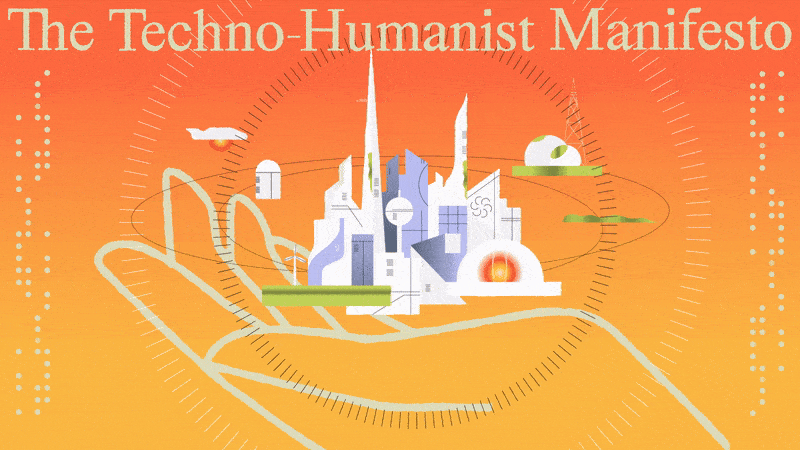China’s economy: The good, the bad, and the future

Weijian Shan, chairman of the PAG group, sees a bright future for investors in China, as long as they understand the evolving nature of the country’s economic growth. Though China’s economy began booming in the 1970s through manufacturing and exports, a major shift has taken place, and today’s China is rapidly becoming one of the most vibrant private consumer economies in the world. Shan, in his Big Think+ video, “Pivoting to China: Preparing Your Investment Strategy,” explains that a sound investment strategy for China requires a recognition of where future profits are likely to be found.
The “bad” China economy
The Chinese government jumpstarted the country’s growth in the 1970s with massive investments in manufacturing, totaling about 50% of the country’s GDP during that period. As Shan puts it, “When I say no other country has invested as much, I mean any country, at any time in history, at any stage of their industrialization process.” The fruit of all this investment was a robust export sector, with China known for a time as the “factory of the world,” inexpensively producing a wide range of goods for export.
Shan says the plan may have been a bit too successful, though, with over-investment creating too much manufacturing capacity, and leaving too many competitors fighting for market share.
China’s manufacturing and export sector ran into a wall about 10 years ago. Manufacturing peaked at about 36% of GDP — today it’s dropped to just 19% as consumer purchasing has skyrocketed. No longer the economic engine driving China’s economy, Shan calls manufacturing and export China’s “bad economy,” its time passed and an unwise place to invest capital, at least until corrective measures have been agreed upon and implemented.
The “good” China economy
At about the same time that manufacturing stopped growing, Chinese consumers began buying more, and the shift to 2019’s powerful private consumer economy was underway. Ten years ago consumer spending accounted for about around 35% of GDP. Today it’s over 50% — Chinese consumers now spend some $5 trillion annually.
“General Motors today sells more cars in China,” says Shan, “than in the United States, Mexico, and Canada combined.” Twenty percent of Apple’s annual sales, or around $50 billion, comes from China. For chipmaker Qualcomm, it’s 65%. Shan lists a few other Western companies enjoying “very large” market shares now in China: Corning, Starbucks, Boeing.
These companies, and others, have wisely invested in China’s “good” economy, understanding that today China is no longer the “factory of the world,” but has become the present and future “marketplace of the world.” According to Shan, the smart investment today is in China’s consumers.




